Having recently completed a week in June walking the extraordinary Camino de Santiago in Northern Spain, it was with great excitement that I joined the Al Andalus Train (which normally operates luxurious train tours through Andalucía) on its inaugural route from Zaragoza to Santiago de Compostela this July – its ‘Camino de Santiago itinerary’.
This route truly is a journey of a lifetime, but for this post, I will not start on the first day of the press tour, the 21 July, but on the 24 July, in the spiritual city of Santiago de Compostela, out of recognition for the victims of the devastating train accident that that ocurred on this most significant of days for Galicians.
This mystical city, a goal for pilgrims from across the world, was also our destination for this journey across northern Spain – a route shadowing the Camino de Santiago.
We had arrived earlier in the day. As the vintage Al Andalus train pulled into the station it raised heads and roused curiosity amongst those on the platforms.
By early evening we had explored the city, returned to the train, and were ready to enjoy a gala dinner at the iconic Parador Reyes Catolicos in the city, followed by the extraordinary annual firework, light and music show that marks this very special day in the Galician and Spanish calendar. It is the eve of the day of St. James, ‘Santiago’ the patron saint of Spain and the inspiration for the Camino.
Yet, as we all now know, this 24th July 2013 was to be etched into the modern history of Spain and Europe for the tragedy of the train disaster that unfolded just outside the station of Santiago de Compostela.
That evening, as we walked through Obradoiro Square, past the Cathedral to the ancient Parador Hotel, the atmosphere was buzzing with excitement and anticipation for the night of celebration ahead.
Yet, as we sat down to the fancy meal, reviewed the menu and drank wine, hell was being unleashed upon the passengers of the RENFE train as it approached Santiago de Compostela.
News broke of the rail disaster shortly afterwards. With smartphones and social media it wasn’t long before we all knew something terrible had happened. Our hosts were RENFE, (as the Spanish state rail company now owns the Al Andalus train); and one of the communications directors left to go to the crisis centre set up for families of the passengers.
Meanwhile the bad news was growing by the minute with more deaths being announced.
We were then told that, understandably, the regional government had cancelled all Santiago celebrations. We left the Parador soon afterwards feeling sombre and sad for the unfolding disaster. As we spilled out into the square, that had earlier been packed with happy and noisy people was now an uneasy quiet. The people left in the square were in shock, dumbstruck by the news of the disaster, a tragic event even more poignant on this highly significant day.
We were taken back to the station and allowed onto our stationery train; in the small hours of the 25th July the Al Andalus left Santiago for Coruño and the final day of the trip. We were truly saddened by the events of that day.
So I dedicate this blog entry recounting the happy memories of this recent trip across Northern Spain to the families and loved ones of the victims of the disaster. Life is so fragile, so short, it is really a privilege to be able to enjoy the best in life – it cannot be taken for granted.
I am very thankful for my life and for the opportunities presented to me. So here I begin to share the details of the itinerary as it truly was a wonderful trip, celebrating a wonderful part of Spain, rich in culture, history and cuisine.
Day One – ZARAGOZA – MIRANDA DE EBRO
Malaga to Zaragoza is a trip of well over 800 kilometres, but on one of Spain’s high speed AVE trains, the journey took us about 4 hours.
Arriving in the city’s station for the first time, one finds few clues to the historical significance of this provincial capital in Aragon. But I had been here before, and was looking forward to a more in-depth tour of the city and its iconic cathedral.
Waiting at a parallel platform was our home for the week, the beautifully simple Al Andalus Train. The last time I had seen her was in Sevilla, but now she had travelled north to take us on a journey that would offer the cultural highlights of the Camino de Santiago.
The subtle brown and cream livery of her vintage Pullman carriages were an anachronism in this modern, cavernous station, an icon of a bygone era of more sedate rail travel.
Our luggage was taken to our cabins, and we were welcomed with champagne by our hosts for the week, RENFE, Spain’s national rail operator and the new owners of the ‘Trenes Turisticos de Lujo’ (the collection of exclusive luxury trains that include the TransCantabrico Gran Lujo and the Al Andalus).
After the welcome toast, we headed out to discover Zaragoza on a very hot and overcast day. The striking Catholic basilica, ‘Nuestra Señora del Pilar’ or Our Lady of the Pillar, dominates the main square and is the heart of Zaragoza. A visit is a must; look up at the ceilings. Although contaminated by years of candles burning in the cathedral, the works of Goya are still visible.
Although a modern city, and former host to a number of expos, at the end of the day the city is best known for its ‘Las Fiestas del Pilar’.
Celebrated on October 12, the festival also coincides with the day marking the discovery of the Americas by Christopher Columbus in 1492, ‘El Día de la Hispanidad’ (Hispanic Day or Columbus Day) – so all in all it’s a very big deal and the Virgin sits upon a huge pyramid made up of flowers, a floral dress that is absolutely huge.
One of the surprises for me was the La Seo Cathedral, at the end of the square beyond the fountain dedicated to Goya. It has been painstakingly restored and is a visual delight – a strange mix of a neo classical façade, baroque tower and exterior details of Mudejar art dating back to conquest.
There is much to see and experience in Zaragoza, but the other historical site that draw visitors is the ‘Aljaferia’ fortified palace and present day seat of the Regional Assembly of Aragon. Is recognised by UNESCO as being of significant importance as an example of Aragonese Mudejar Architecture. This 11th century palace looks like a fortress from the outside, but step inside and you are amazed by the intricate beauty of the decorative features, carved ceilings and frescoes.
Cuisine and regional gastronomy plays a large part of this itinerary. So in addition to the robust breakfast each morning on board, we enjoyed lunches at restaurants across the region and carefully prepared dinners back on board the train.
Lunch in Zaragoza was no exception. We ate at the ‘Bal-Do’, a contemporary bar restaurant created by Zaragoza’s Michelin starred ´Bal d’onsera’. The location is not very exciting, within a modern retail park, and the interior design is warehouse like, with long table set into booths that mean you have to help serve dishes and clear for the waiters that can’t reach the people at the end. It’s a strange take on modern, interactive dining but the dishes were tasty and innovative (the aperitif was a small glass of water melon gazpacho with little pieces of tasty bonito fish; a prawn and bean salad, a delicious mushroom risotto with fois gras foam and a main dish of rare but perfectly tender ‘Presa Iberica’ pork) and the wine list excellent (I enjoyed ‘Honoro Vera’ the young Spanish red that is growing in popularity and was served at last year’s Oscar Gala Dinner).
After lunch the train took us to Miranda de Ebro and the first overnight stay on board.
Day Two – MIRANDA DE EBRO – ASTROGA
We were roused from sleep by the ‘campanilla’ – the small bell rung by the steward as they walk past the sleeping compartments. It was 7.30am! It was only day two yet it was clear this itinerary was going to be an intense and demanding as any walk on the Camino!
Breakfast was in the dining cars – the train was still stationery, so we didn’t have the luxury of a moving view, but before long we were out on the road, on an excursion to the ‘Bodegas Merqués de Riscal’.
I’m not a great fan of organised tours – I’m a maverick and like to set my own pace, but the great advantage of visiting places as part of an upscale tour as this one with the Al Andalus, is that they pull a few strings.
So our tour was given by the present Marqués himself, Francisco Hurtado de Amezaga.
I was here a few years back and things have continued to evolve, with some significant investments in the ´Bodega 1883’.
I won’t go into the wine making and vintages in this post, but if you are interested, check out the recent article by Luis Gutierrez.
The highlight was tasting of course and sadly never enough time, as we had to head all the way to Burgos for lunch!
Burgos was wonderful! Although lunch was truly disappointing at the ‘Rincon de España’, it was a privilege to set eyes on the magnificent French gothic style cathedral of Burgos and have a expert guided tour.
We had a whistle stop tour and then off on yet another tour this time to Atapuerca.
I have to admit that before this trip, I was ignorant of the true significance of Atapuerca, just outside Burgos. Yet the tour was truly fascinating! It’s a world heritage site, and although some of the caves were discovered in the 17th century, it was not until a railway cutting was made through these special rocks in the 19th century that many other collapsed caves were ‘unearthed’ so to speak. The site has only been researched by archaeologists during the last 30 years, and extraordinary discoveries have been made.
This site is amongst the most important in the world, when it comes to understanding the origins of humans. Remains date back 1.3 million years!
All that architecture and history certainly worked up an appetite and it was back to the train for dinner as we headed to Astorga.
Day Three – ASTROGA – OURENSE
The next day we continued our discovery of cities along the Camino de Santiago with a visit to Astorga. Another impressive Cathedral city, which is also home to one of the few major buildings outside Barcelona by Catalan architect Gaudí, the Episcopal Palace.
By this time, Day Three I have to admit to getting a bit overwhelmed by architecture and history. It is an interest of mine, but the pace of this inaugural tour was quite rushed. So I escaped to sleepy bar to enjoy the local cakes, ‘Mallorquinas’.
The train then took us to Ponferrada for lunch in the Castle. This was a spectacular lunch, and a real treat (complete with Police motorcade and a very special welcome!).
Ponferrada is one of the major towns on the Camino de Santiago and the city and castle was given to the Knights Templar in recognition of their work in protecting pilgrims on The Way for some 100 years. Built in the 13th century, the castle looks like a fairytale building and is an impresisve sight.
To work off all the calories of the fine wine and the tender pork roast, we headed to ‘Las Medulas’ for a hike up into the countryside to see for ourselves the remnants of these ancient Roman goldmines, where the Romans destroyed mountains with water to expose gold (leaving these striking pillars of red earth).
Day Four – ASTORGA – SANTIAGO DE COMPOSTELA
This day started with much tranquillity, and beauty with visits to two of Galicia’s most beautiful Pazos (manor houses). The Pazo de Santa Cruz de Rivadulla has a romantic botanic estate, with an ambience of a secret garden.
Pazo de Oca by contrast has a formal garden full of formal and metaphorical planting and designs.
Lunch was fun, enjoying some great regional white wines. Masha, my colleague taught us a custom, (thought to be Italian), where the person who gets the last drop of wine must blow across the bottle top, and kiss the base – for love and wealth! We managed to get through quite a few bottles so almost each of us at the table had a turn!
We ate at the Restaurante Villaverde in Puente Ulla – Vedra, a historic stone built 18th Century house. One of the areas most recognised restaurants, it created one of the best menus we enjoyed on the trip. Simple dishes but super fresh and tasty, including a wonderful runner bean salad with crab, then clams, whitebait and a main dish of salmon – served with rustic bread. The bread in Galicia is fantastic! It is one of the few places (other than in France) where i find bread tasty and digestible!
We then returned to the train for the journey to Santiago de Compostela. We were excited for the evening ahead, but as written before, the day was to take a very tragic turn.
Day Five – SANTIAGO DE COMPOSTELA – A CORUÑA
We were all in a sombre mood after news of the train crash the night before. Yet the press tour had been predetermined and our hosts suggested we continue. So we took the private coach to Villagarcia de Arousa for a private boat trip to see the mussel and oyster farms. We were served some local wine and fresh mussels and the mood became more relaxed.
Lunch was superb in the Pazo de Fefiñans, in Cambados, home of the famous Albariño wine family. They hosted a wonderful informal buffet lunch in the sun filled private courtyard, with plenty of their beautiful Albariño wine – this is after all in the heart of Albariño country!
The afternoon was too busy for me; it included a visit to Pontevedra and Vigo before arriving in A Coruña by train.
That evening, although we were tired, we enjoyed dinner again on-board and one of the other journalists, a wine expert, hosted a wonderful Albariño wine tasting in honour of the train crash victims – ‘Cata Homenaje a las victimas de la tragedia en Santiago. It was a poignant way to end a wonderful, if intense, journey.
Day Six – A CORUÑA
We enjoyed the day in A Coruña, a really pleasant port city, before heading back to Santiago and the airport for the flight home.




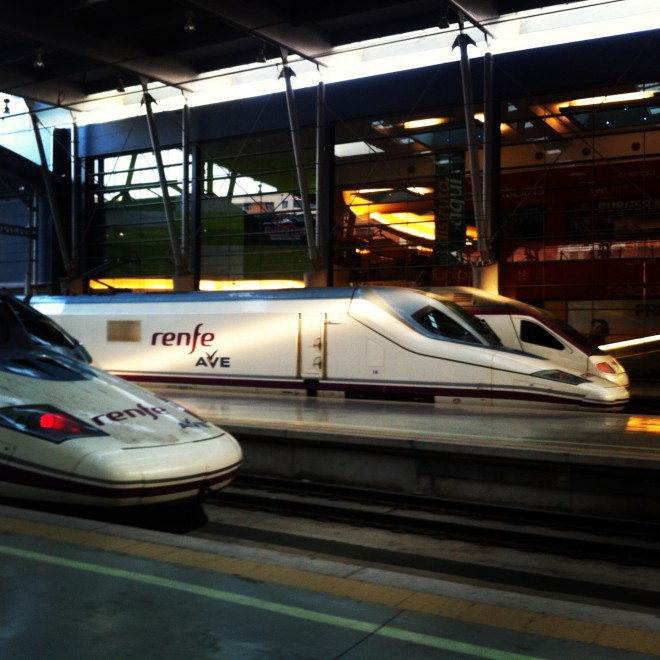

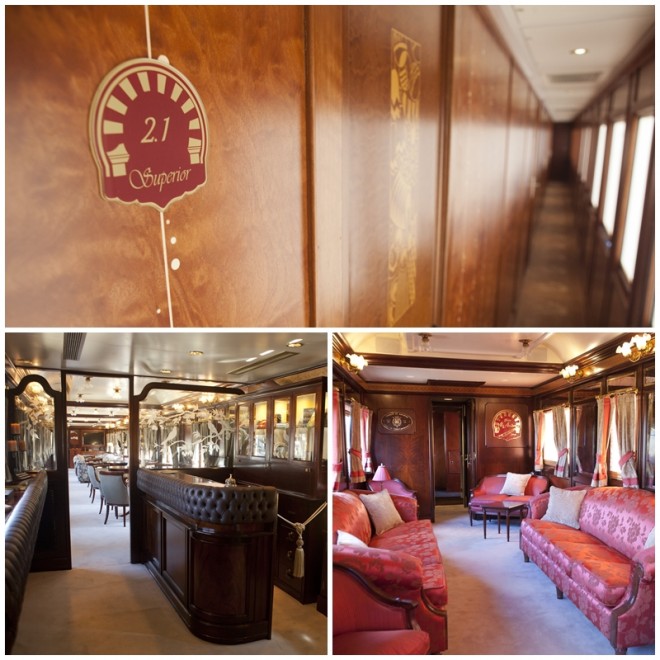
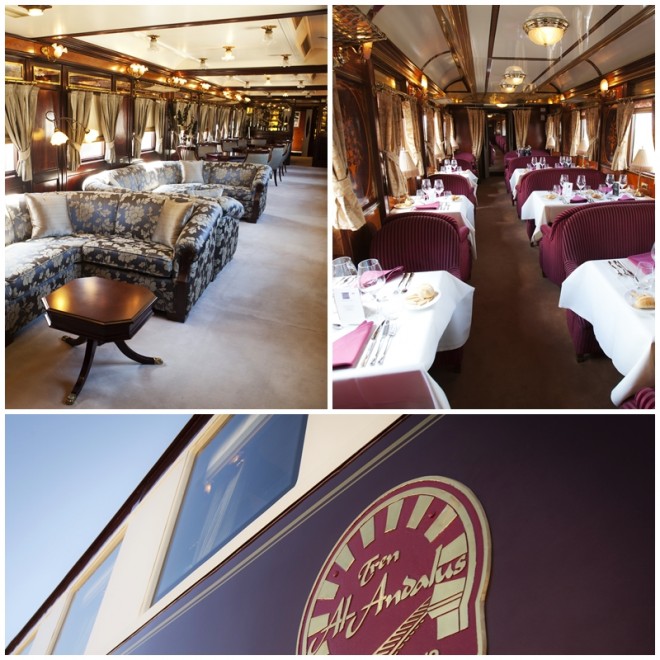


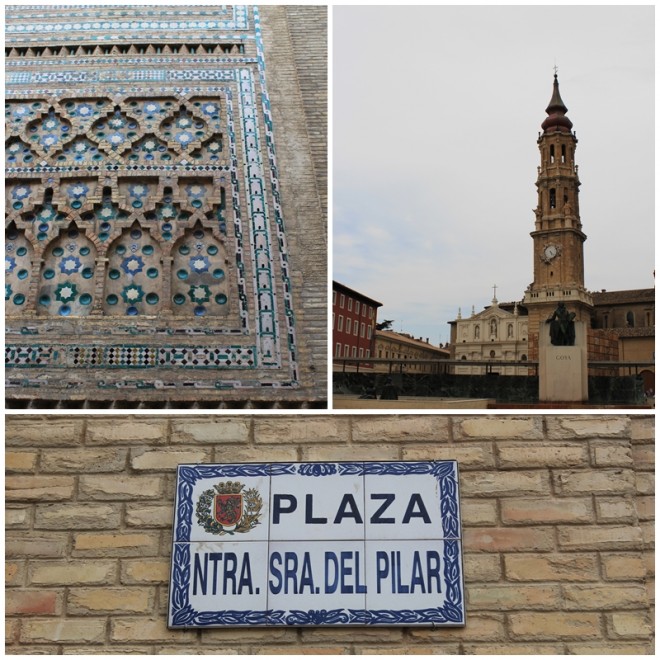

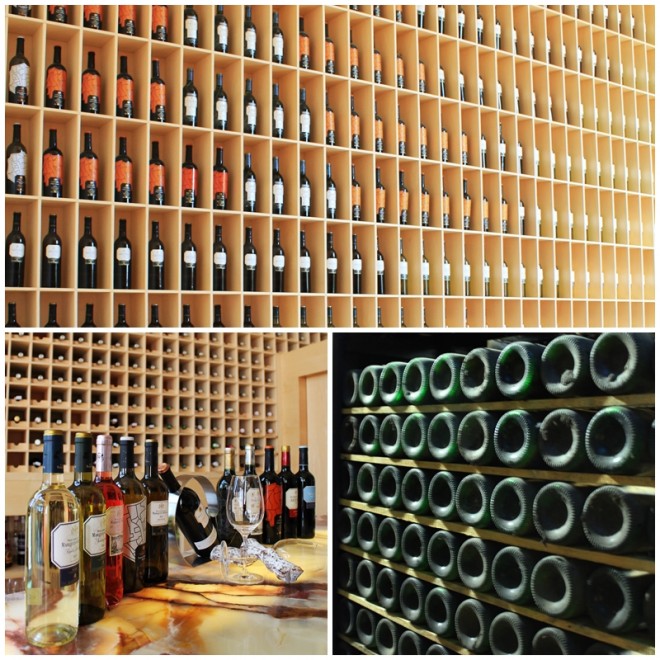

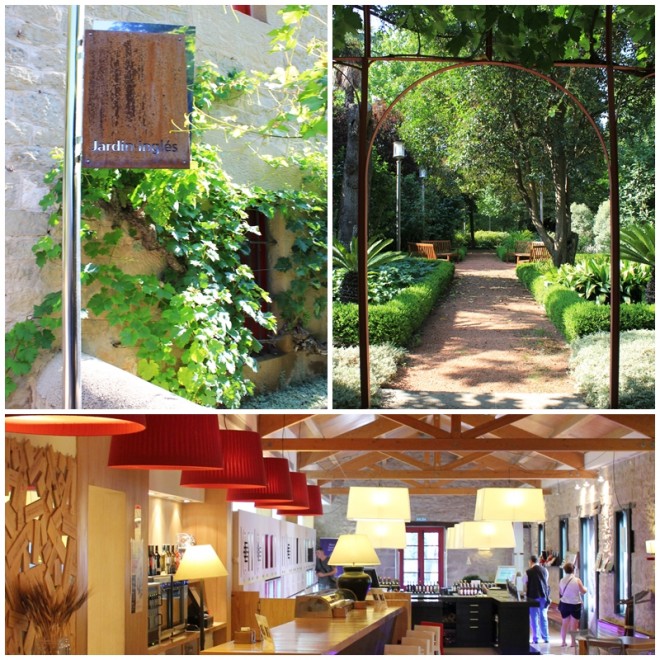
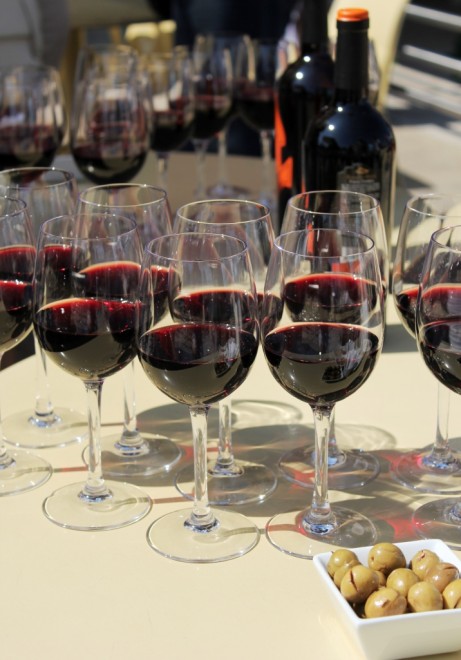
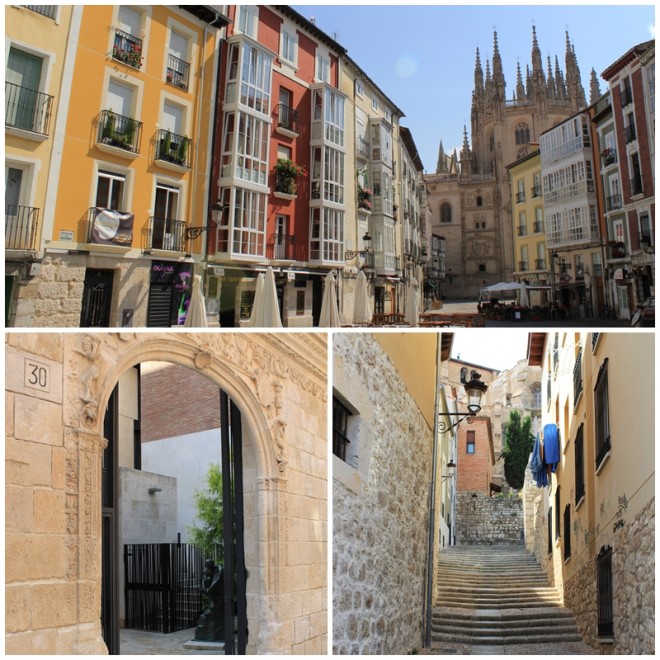


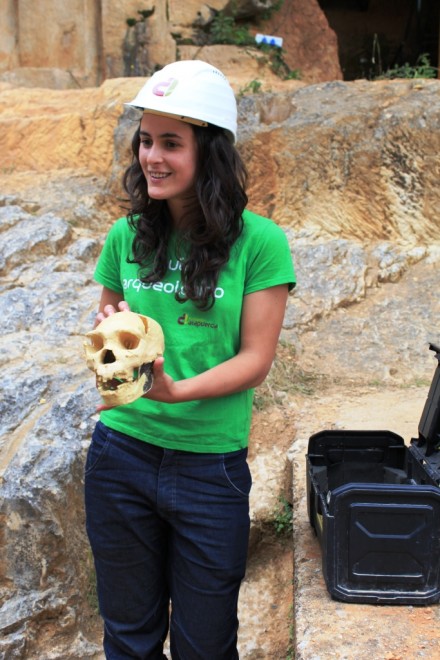
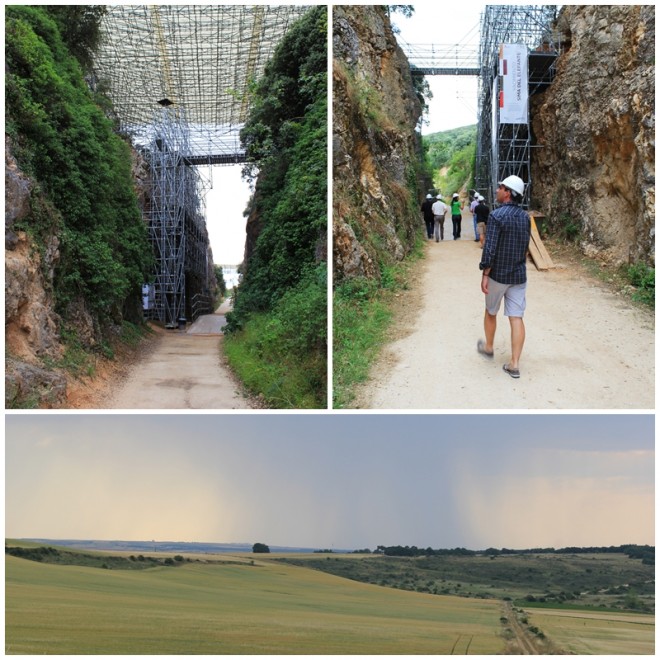
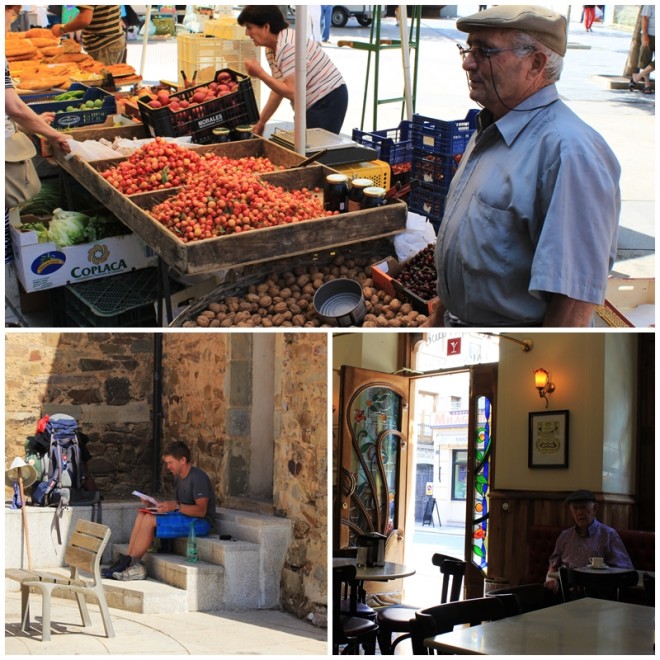

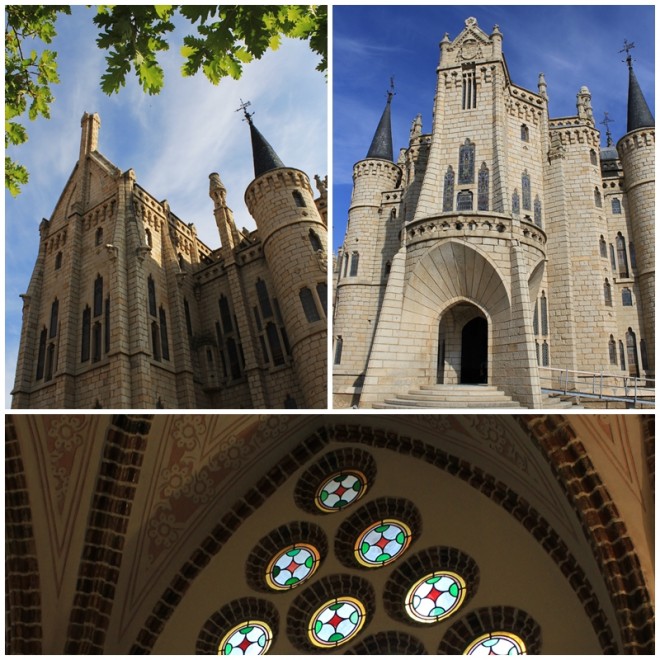


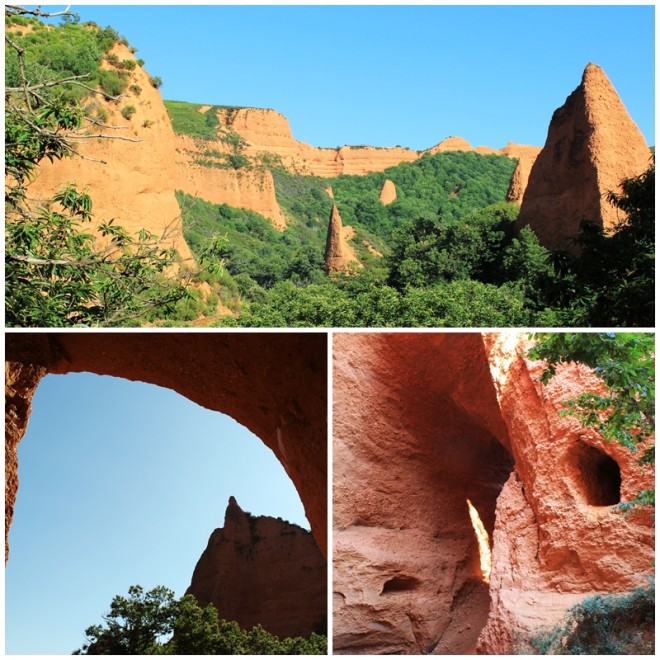

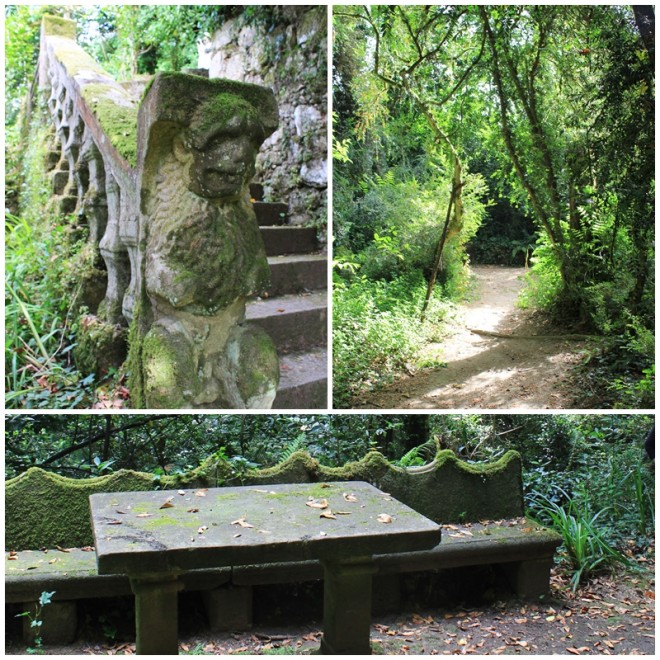
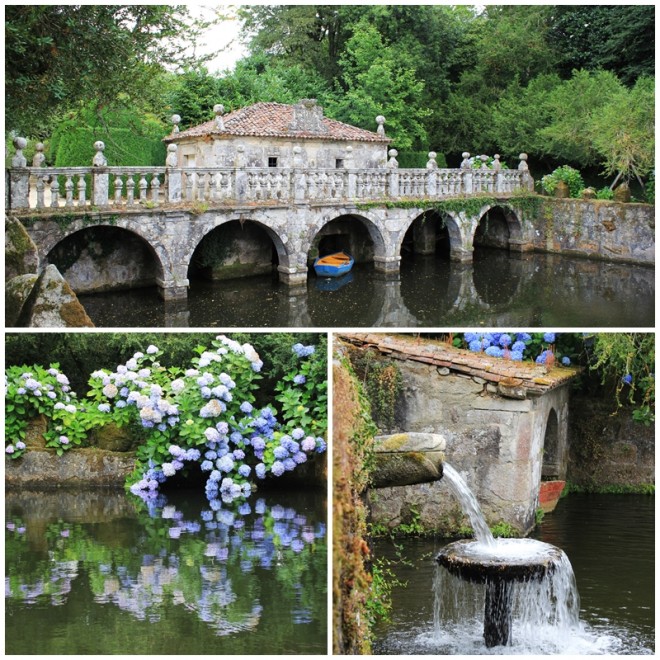


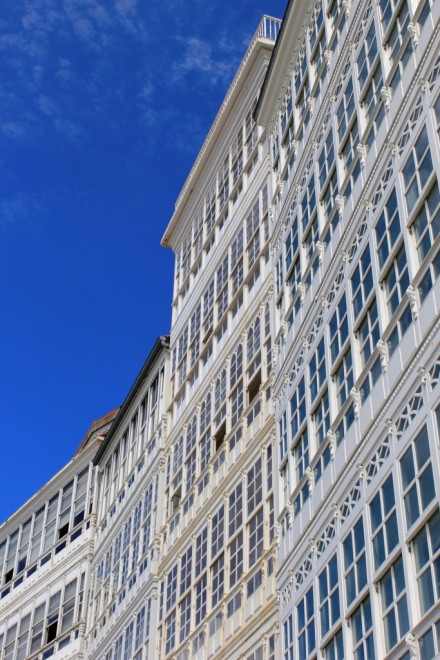























Lovely article – The traveller certainly gets to see many interesting historical sites and other places of interest. Very useful links.
…and thanks for spotting the typos 🙂
The journey is a fascinating introduction to the unforgettable cities along The Way, but it doesn’t give a real sense of the magic of the Camino. Only one way to feel that; start walking 🙂